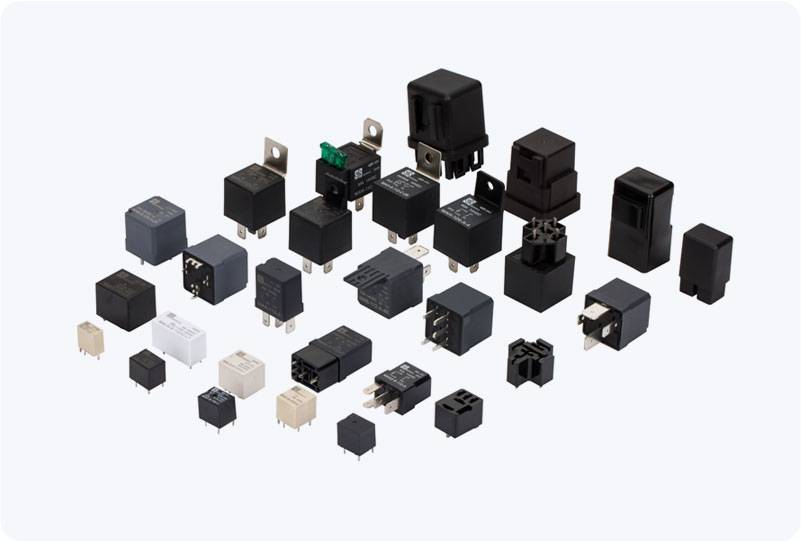Relays are essential components in modern automotive electrical systems. These small, yet powerful devices enable the efficient control of electrical circuits, allowing low-voltage signals to manage high-current systems, ensuring the safety and longevity of the vehicle’s electrical components. In this article, we will explore the different Car Relay Types, their functions, and how they contribute to vehicle operation.

What is a Car Relay? A car relay is an electromagnetic switch used to control high-power electrical circuits using a low-power signal. Essentially, it allows a small current to control a large one, preventing damage to the vehicle’s delicate control systems. By automating the on-off switching process, relays help protect circuits and increase the efficiency of electrical operations in various automotive systems. 1. Standard Relay The standard relay is the most common type found in vehicles. It is used for simple on/off switching of high-power systems like lights, horns, or windshield wipers. The basic working principle involves an electromagnetic coil that, when energized, creates a magnetic field to move the relay’s contacts, completing the circuit. Standard relays are typically 12V, suitable for most vehicle electrical systems.